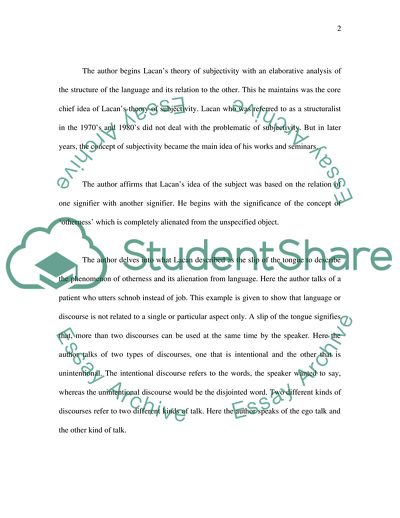Cite this document
(The Lacanian Subject by Bruce Fink Literature review - 4, n.d.)
The Lacanian Subject by Bruce Fink Literature review - 4. https://studentshare.org/psychology/1719256-book-review
The Lacanian Subject by Bruce Fink Literature review - 4. https://studentshare.org/psychology/1719256-book-review
(The Lacanian Subject by Bruce Fink Literature Review - 4)
The Lacanian Subject by Bruce Fink Literature Review - 4. https://studentshare.org/psychology/1719256-book-review.
The Lacanian Subject by Bruce Fink Literature Review - 4. https://studentshare.org/psychology/1719256-book-review.
“The Lacanian Subject by Bruce Fink Literature Review - 4”. https://studentshare.org/psychology/1719256-book-review.


